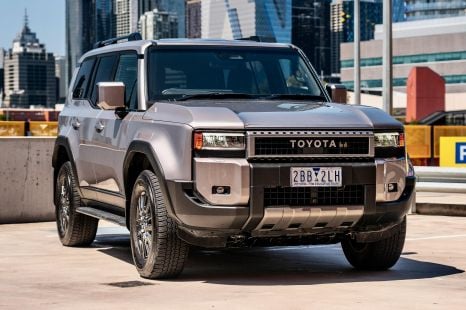

Max Davies
2025 Toyota Prado GXL review
2 Months Ago
The BMW iX5 Hydrogen drives like an electric X5, and teases a future where battery EVs aren't the only sustainable choice.
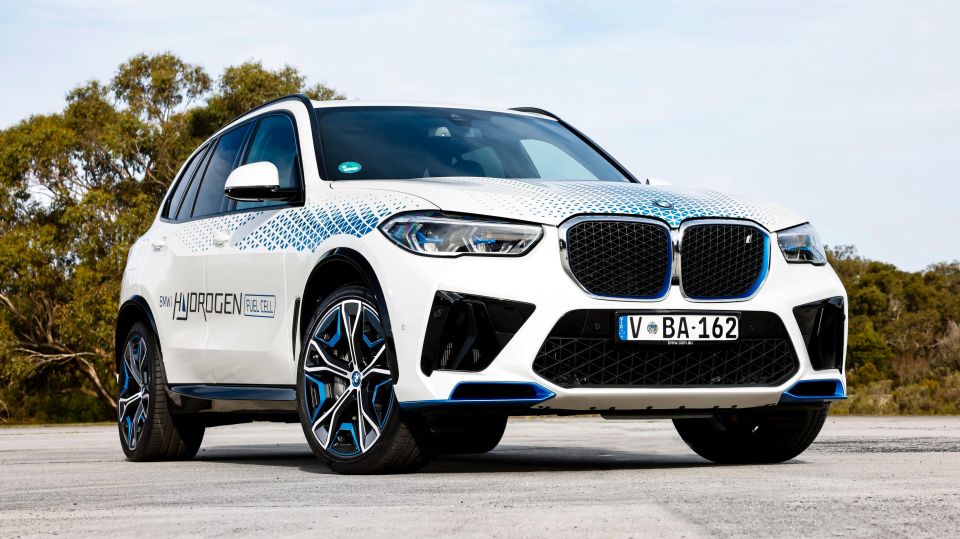
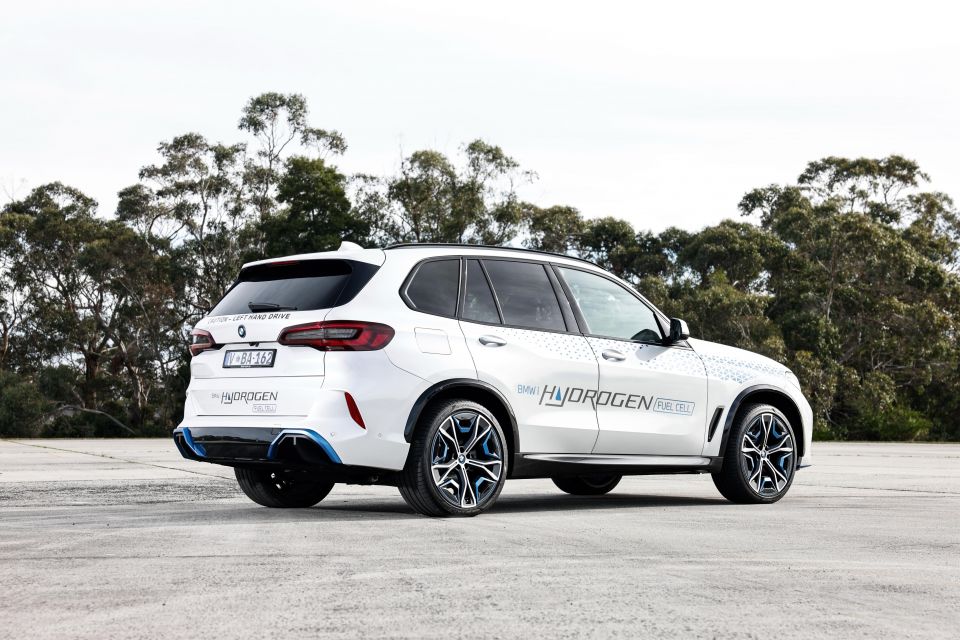

Quickly see how this car stacks up against its competition. Select any benchmark to see more details.
Where expert car reviews meet expert car buying – CarExpert gives you trusted advice, personalised service and real savings on your next new car.
Depending on who you ask, hydrogen passenger cars are either the best… or worst idea in the world.

Action on climate change is here to stay, and so is the transition towards cleaner, greener forms of transport.
If you ask some carmakers (and policy makers), electric vehicles (EVs) are the unequivocal long-term solution to that problem. Not all manufacturers see it that way.
BMW is among a select group that wants to do things differently. That’s where the iX5 Hydrogen fuel-cell electric vehicle (FCEV) comes in. Apart from flourishes of blue to remind you it’s a bit special, it looks like a BMW X5.
The brand claims it’s better for the planet than a regular electric car, free from some of the compromises. Naysayers will tell you hydrogen can’t work on a large scale – it’s supposedly too expensive, too impractical, and too late.
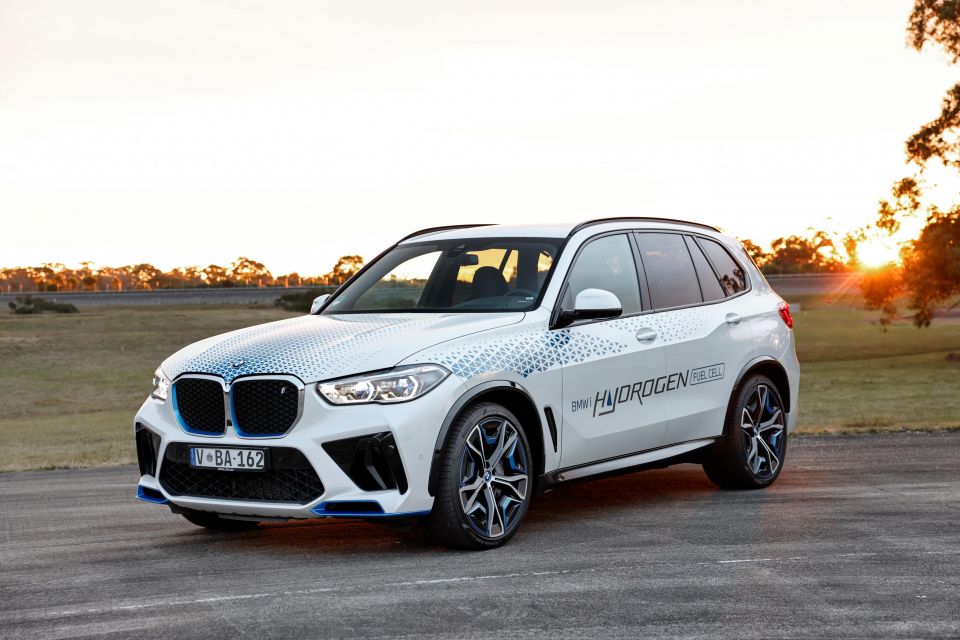
BMW is considering whether to put hydrogen power into mainstream production, and judgement day has been set. By the end of 2024 we’ll know whether the program lives or dies.
If voted down, life goes on with a focus on electric cars. A green light could see a hydrogen BMW hit showrooms by 2030, before a range-wide rollout from 2030 onwards.
The debut model could very well look something like this car, which has more passport stamps than some flight attendants. With years of global testing in the bank, the iX5 has arrived for the Australian leg of its world tour.
There’s plenty of questions about the iX5 FCEV – here are some of the answers.
The iX5 Hydrogen hasn’t been confirmed for production, let alone priced.
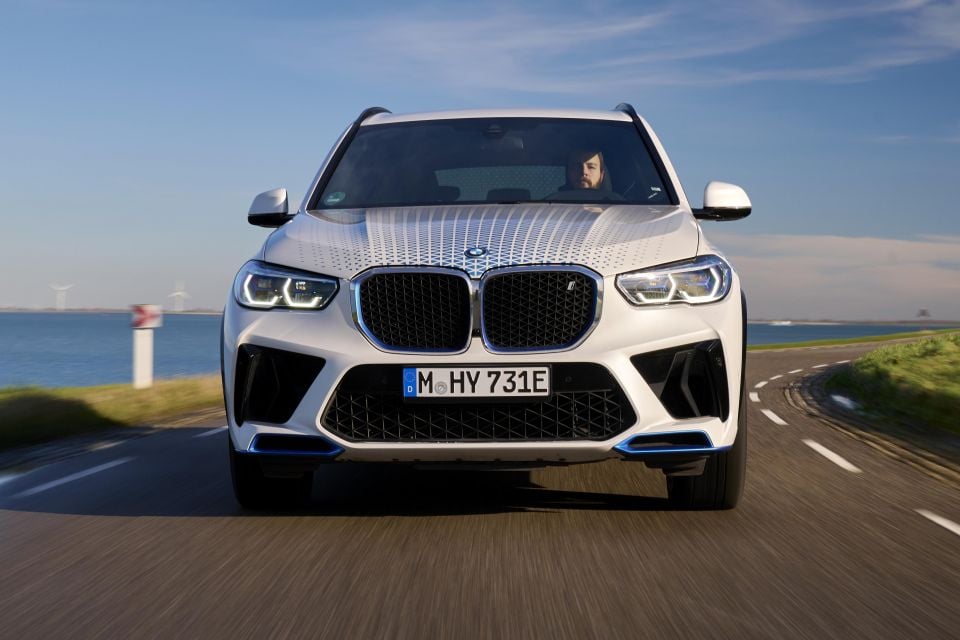
BMW general manager of hydrogen technology Dr Jurgen Guldner says he expects any hydrogen-powered models to cost around the same as a battery electric equivalent.
While you can’t purchase an electric version of the X5, it’s coming soon. An iX5 based on the new Neue Klasse platform is currently in the works, and that car could share its bones with a hydrogen fuel cell option.
The current BMW X5 plug-in hybrid retails for $149,900 before on-road costs in Australia, while the iX electric SUV starts from $136,900 before on-roads.
If you’ve driven a pre-facelift X5, the interior presented here will be very familiar.
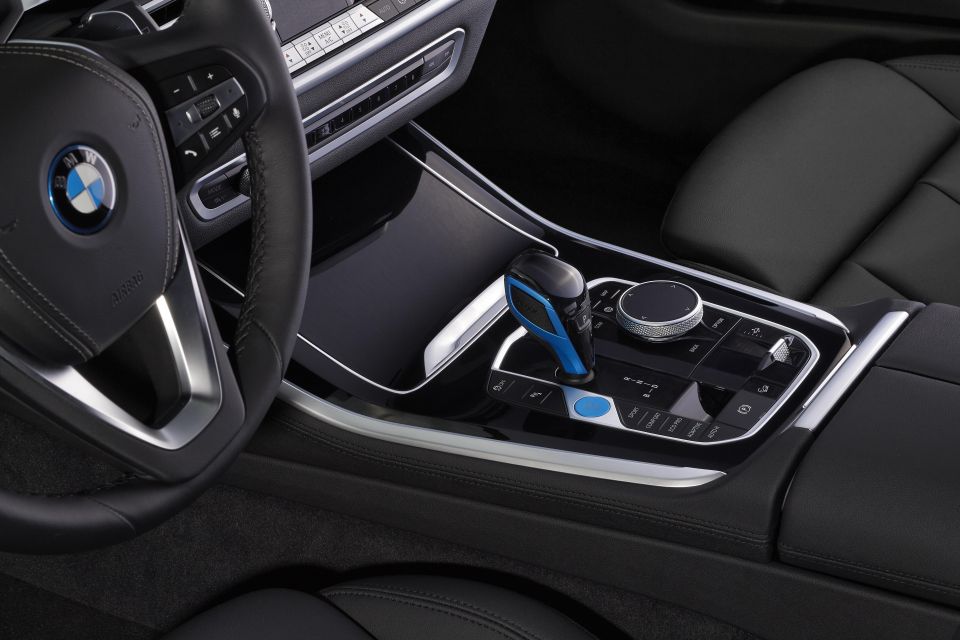
The space is very nearly identical, aside from a couple of distinguishing features.
First, this iX5 is left-hand drive. Blue trim accents and Hydrogen Fuel Cell branding are the second key differentiator.
Blue finishes on the gear lever and start button break up the otherwise black interior, and branding can be found on the dash and door sills.
To learn more about the cabin of the new BMW X5 with petrol, diesel, or PHEV power, check out our latest review, or head to our price and specs.
To see how the new X5 stacks up against its rivals, build a head-to-head using our comparison tool.
There’s no internal-combustion engine here.
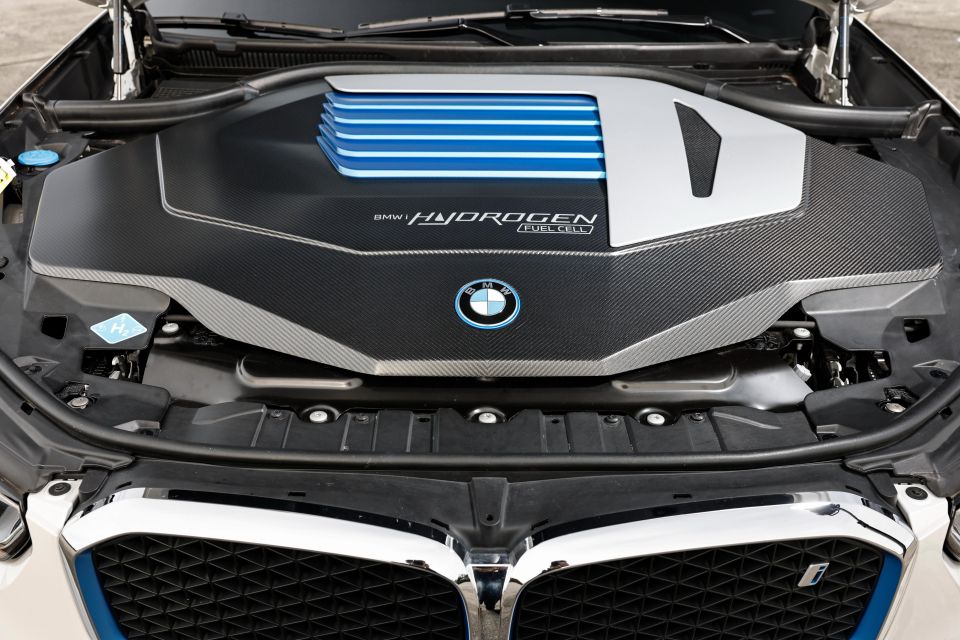
Rather than a large lithium-ion battery pack – the iX 50 electric SUV has a 112kWh unit, for reference – the iX5 FCEV features a lithium-ion battery with less than 10kWh of storage.
The FCEV instead features two carbon-fibre-reinforced plastic (CFRP) tanks that can store up to 6kg of hydrogen under 700 bar of pressure.
They feed a 125kW fuel cell, which converts the compressed hydrogen into electricity to keep the lithium-ion battery pack charged. That lithium-ion battery pack is hooked up to an electric motor on the rear axle, which provides drive.
Put more simply, instead of storing its energy in a large battery pack, it’s stored in the form of compressed hydrogen and converted into electricity to keep the battery pack constantly topped up. Emissions? The only by-product of the fuel cell is water.
BMW says the benefit of this approach comes at refuelling time. Rather than waiting for a battery pack to charge in your garage or at an unreliable charging station, the hydrogen tanks can be topped up in less than five minutes at a suitable refuelling station.
The range of the vehicle isn’t impacted by hot or cold temperatures like an EV, either, and BMW claims FCEV technology is more suitable for those who tow.
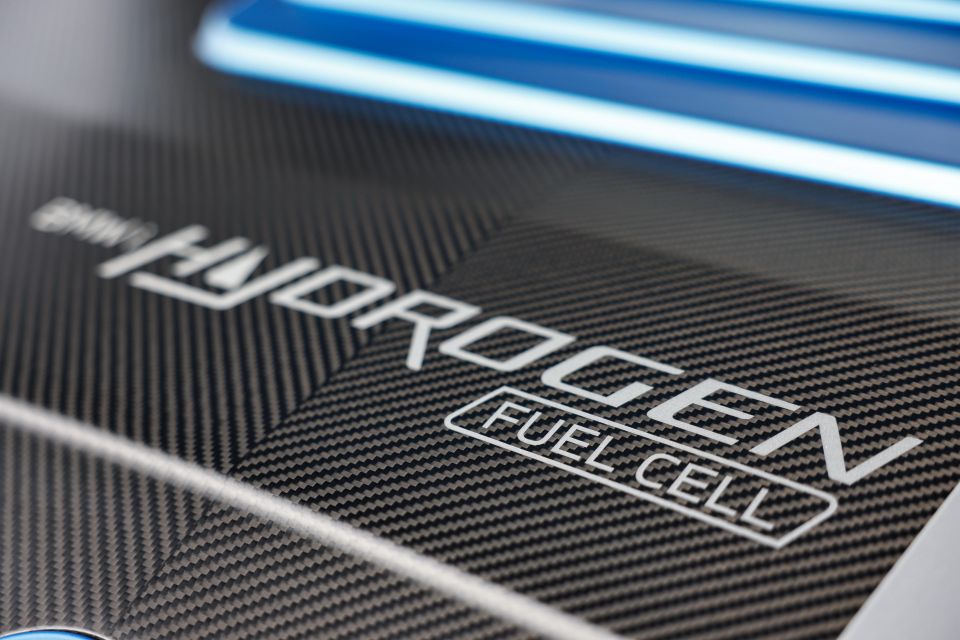
| Technical Specifications | BMW iX5 Hydrogen |
|---|---|
| Drivetrain | Hydrogen fuel cell + single electric motor |
| Battery | < 10kWh |
| Fuel | Hydrogen |
| Power | 295kW |
| Torque | 710Nm |
| Drive type | Rear-wheel drive |
| 0-100km/h | < 6.0s |
| Top speed | 185km/h |
| Weight | 2450kg (approx.) |
| Claimed range | 504km (WLTP) |
| Hydrogen consumption | 1.19kg/100km |
| Refuelling time | 3-5 minutes |
It looks like an X5, and drives like an electric one – at least, based on our five minute drive.
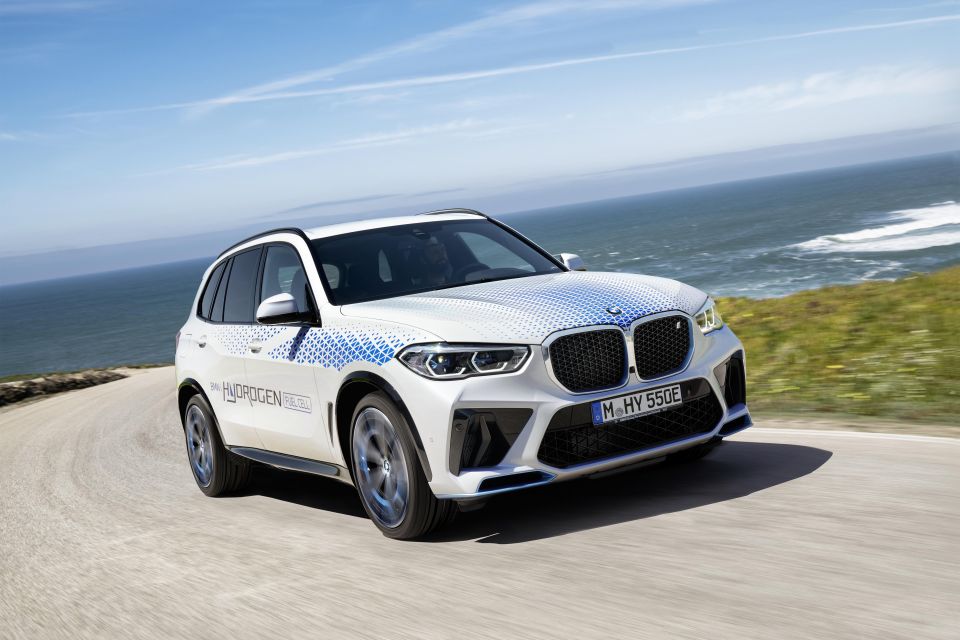
We briefly experienced the iX5 Hydrogen at the Lang Lang proving ground outside Melbourne, lapping the ride and handling course with its varied conditions. It didn’t take long to decipher what the left-hand drive iX5 offers.
Silent off the line, the hydrogen fuel-cell powertrain provides the same instant torque as an EV, propelling the 2.5-tonne SUV from 0-60km/h effortlessly.
Our tester came with piped-in Iconic Sounds to create some emotion in the cabin, but volume levels were no different to any other modern electric vehicle.
There was no sense in the cabin of the fuel cell working, with no noticeable noise or vibration from behind the wheel.
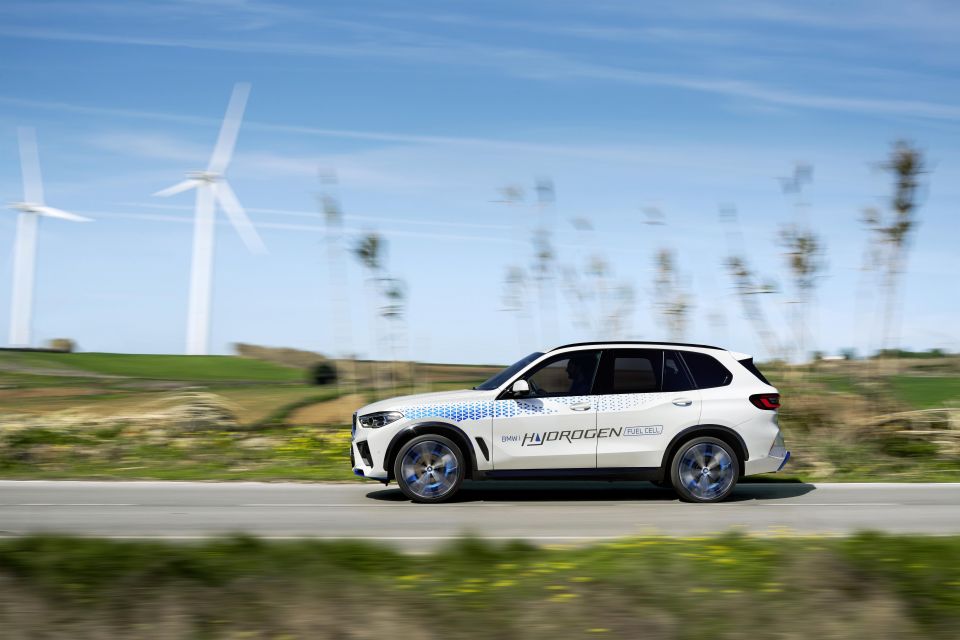
That didn’t change at higher speeds, either.
Fitted with air suspension, the iX5 floated over the sine waves on the Lang Lang handling circuit (as seen in our YouTube videos) at around 110km/h. It’s nicely controlled, despite its status as a 2500kg science experiment.
It doesn’t feel lightning quick at all speeds, with our prototype starting to run out of puff approaching 100km/h.
It’s something BMW will have to iron out as it pushes to get the iX5 into production, as it’s not a complaint we have about the Kia EV9 – a bigger, heavier pure electric SUV with plenty of punch well beyond highway speeds.
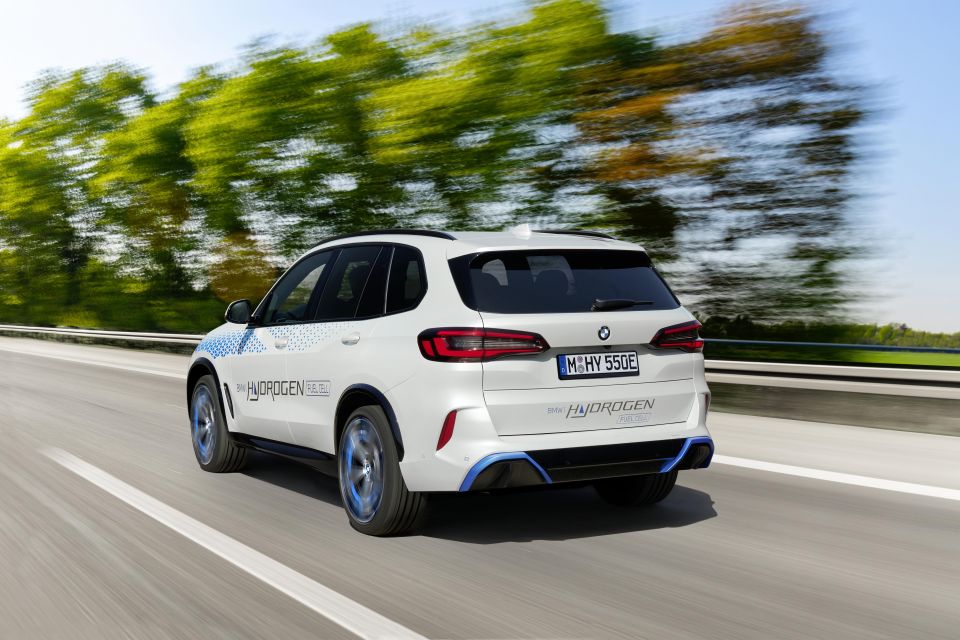
Our brief drive was on the handling circuit, but our test wasn’t about discovering whether hydrogen is coming for the BMW X5 M.
The weight of the fuel-cell and battery is apparent in the corners, but with air suspension it handles as you’d expect of an expensive German SUV. BMW claims FCEVs will be lighter than EVs down the track, so you can potentially expect improved handling dynamics.
You get all the other driving perks of an electric car too, including adjustable regenerative braking and single-pedal driving.
We weren’t able to complete a real-world range test, but BMW’s claim for the iX5 Hydrogen is competitive with the electric-only Kia EV9 Earth – which quotes 512km on the WLTP cycle.
There’s no official equipment list for the iX5, but the cabin resembles the pre-update production version.
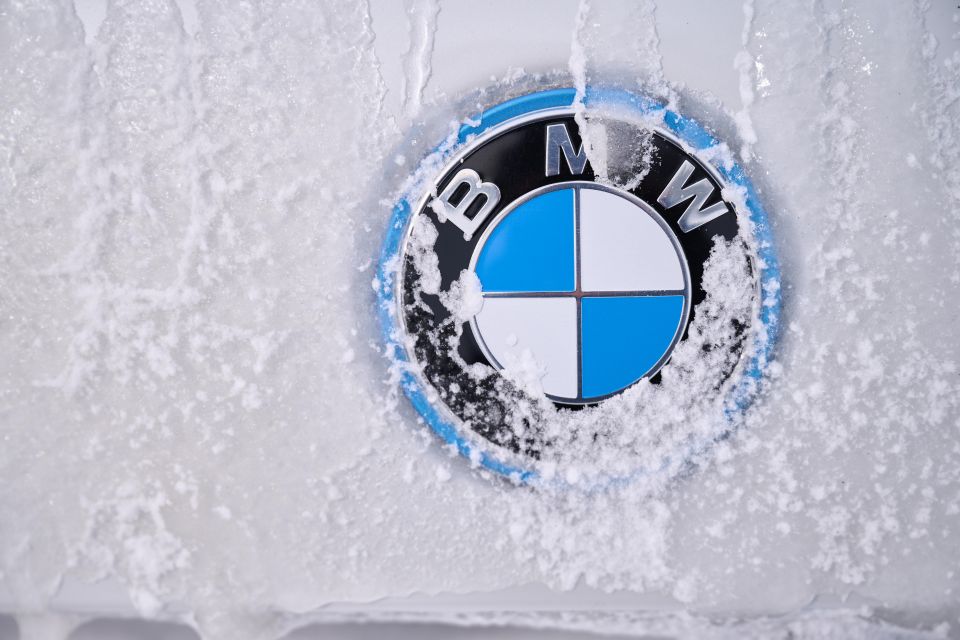
You can see a full breakdown of the features available on the 2024 BMW X5 range here.
I’m an advocate for choice – while current electric cars work for a portion of the population, there are still plenty of use cases that theoretically warrant the option of a hydrogen fuel cell vehicle.
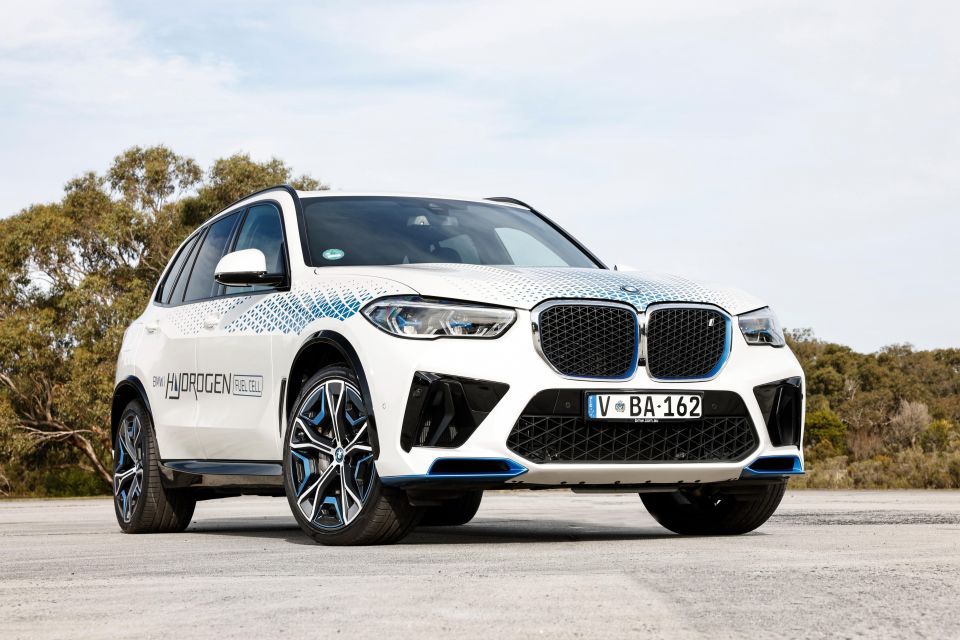
Take a large SUV like the BMW X5. You can reasonably expect large SUV buyers will take their cars on a road trip every now and then, and Australians cover more ground than most.
For the modern electric SUV buyer, long distance travel requires planned stops and available charge infrastructure. At the very least it’s a minor inconvenience, but these considerations can quickly become a dealbreaker.
It’s where a solution like hydrogen starts to make sense. It runs like an EV but can be refuelled in a matter of minutes like an ICE car, provided hydrogen fuelling infrastructure proliferates.
Less rare earths are required to manufacturer fuel-cell vehicles, so they’re theoretically better for the planet, and BMW was quick to put a pin in any concerns about safety.
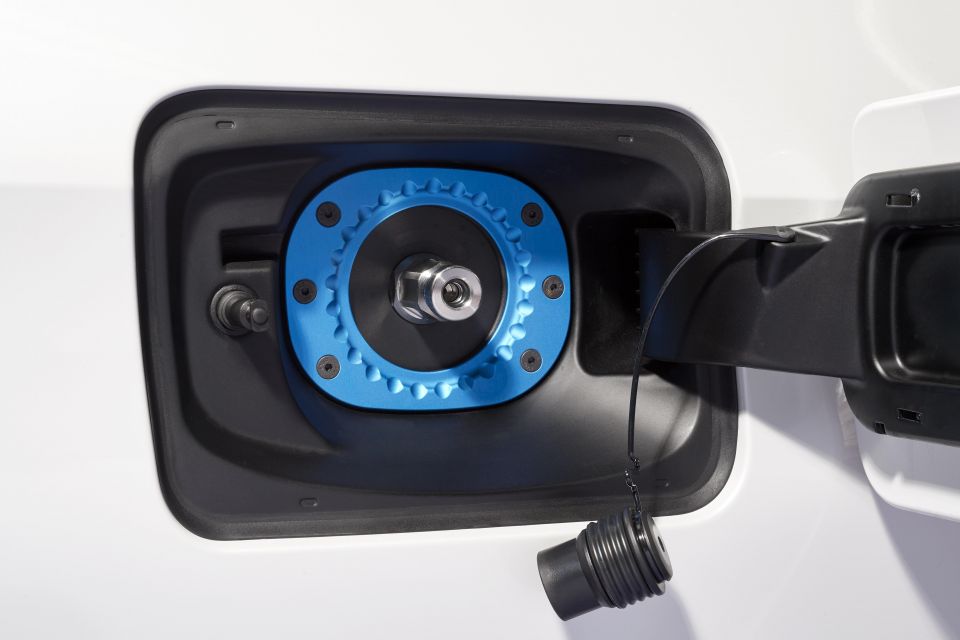
BMW also points to research from the likes of McKinsey & Company supporting the idea a combination of BEV and FCEV passenger vehicles will lead to the best economic outcomes.
But – it’s a big one – the amount of work required to bring FCEV technology to the mass-market is significant.
Refuelling infrastructure simply isn’t there at the present time, and developing it will take time and money. There are fewer than 10 hydrogen stations in Australia right now, and it’s not as if there’s a huge bank coming soon to fill out the network.
Those roadblocks are significant, which is a shame. The iX5 is quiet, smooth, and comfortable like an EV, but the promise of maintaining our current refuelling habits is an enticing one.
BMW and a few other manufacturers are ready to go if the hydrogen wagon starts rolling, but at the moment it’s a case of if rather than when.
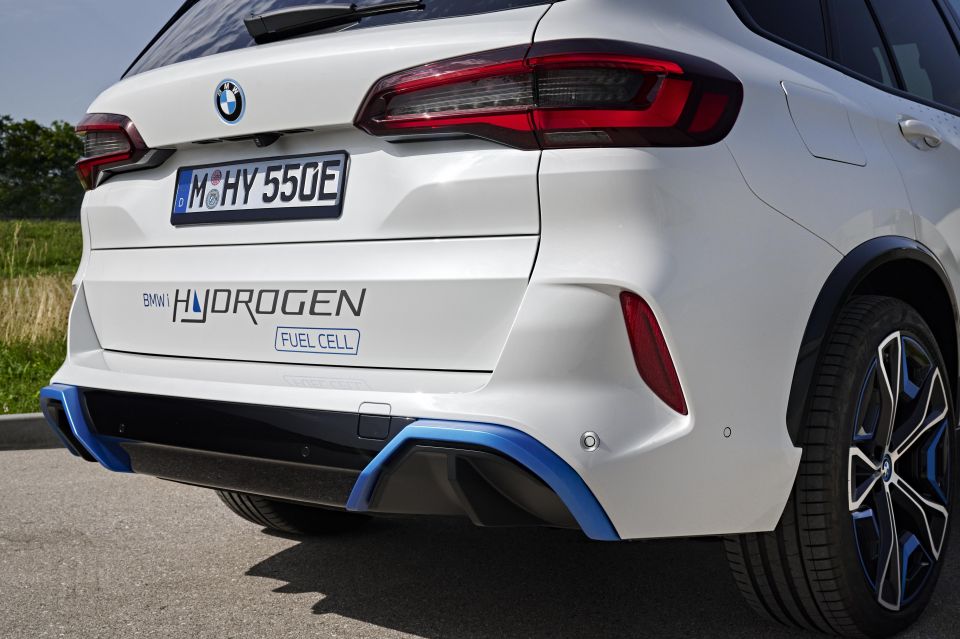
Where expert car reviews meet expert car buying – CarExpert gives you trusted advice, personalised service and real savings on your next new car.
MORE: BMW will decide if hydrogen lives or dies this year MORE: BMW details hydrogen plans… if it doesn’t pull the plug MORE: Buy a BMW X5 MORE: Everything BMW X5
Where expert car reviews meet expert car buying – CarExpert gives you trusted advice, personalised service and real savings on your next new car.
Josh Nevett is an automotive journalist based in Melbourne, Australia. Josh studied journalism at The University of Melbourne and has a passion for performance cars, especially those of the 2000s. Away from the office you will either find him on the cricket field or at the MCG cheering on his beloved Melbourne Demons.


Max Davies
2 Months Ago


Matt Campbell
2 Months Ago
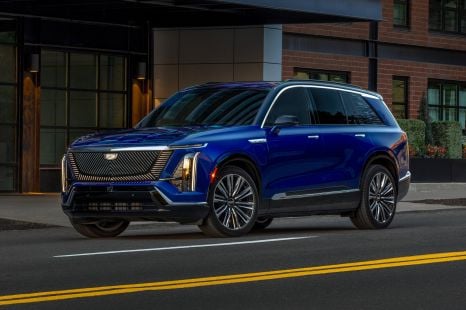

William Stopford
2 Months Ago
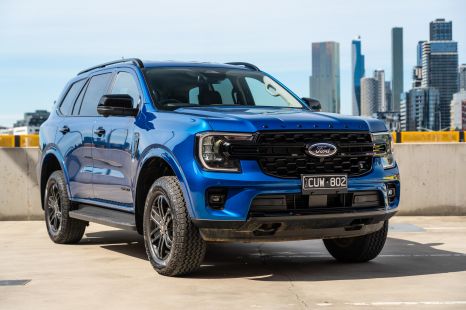

Josh Nevett
1 Month Ago


Max Davies
28 Days Ago
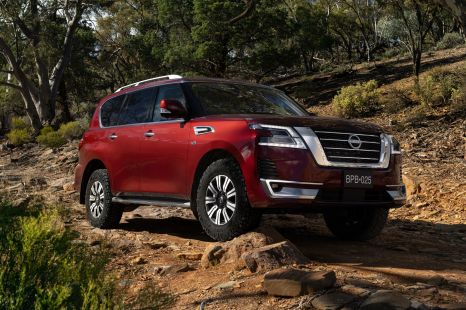

CarExpert.com.au
17 Days Ago